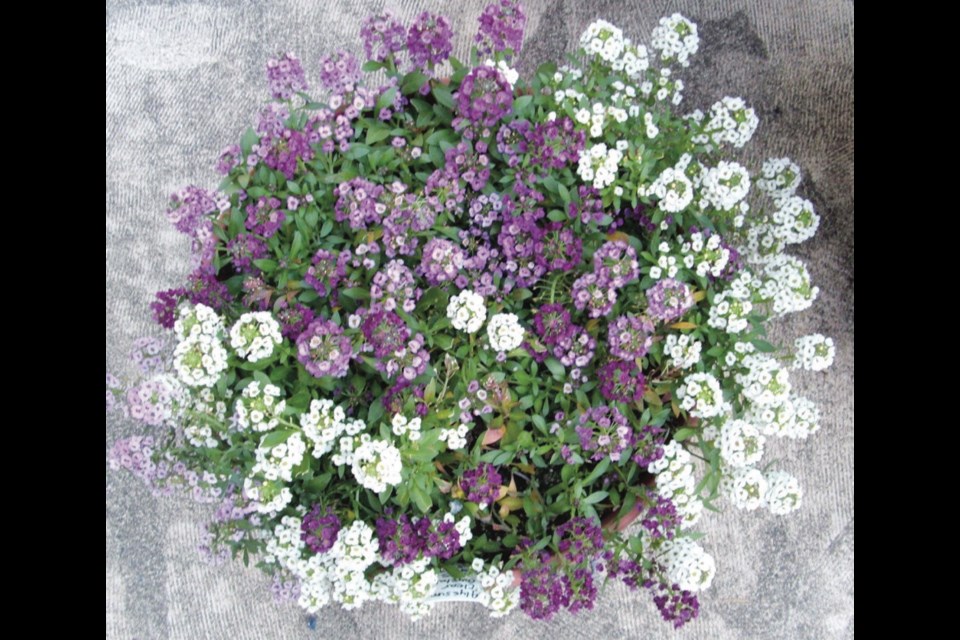Dear Helen: My children, who have been home for a very, very long time, are in need of some diverting outdoor activity and have expressed an interest in growing some vegetables and flowers. Any suggestions for appropriate plants and projects?
B.L.
Why not start out with a family discussion on what to grow? This��is a splendid opportunity to increase a child’s desire to eat vegetables and perhaps pique an��interest in tasting new ones.
Among their favourites, look first among fastest and easiest to��grow. These include radishes, spinach, lettuce, chard and other greens. Radishes can be ready to��eat as soon as one month from seeding outdoors.
Spinach is fast from seed as well, and if the idea of eating spinach does not exactly thrill a��child, this green vegetable — and others — can be made into a��tasty tart or quiche with cream, eggs and seasonings.
Lettuce transplants are widely available and will fairly rapidly provide useable greens for salads.
When he was a small boy, my son loved growing and eating his own carrots. For his plantings he fashioned colourfully decorated labels, each one headed with “VIC” for Very Important Carrots. Coloured markers and labels can��incorporate art projects into children’s gardening.
Seed potatoes can be a source of interest and learning for children. Set in a shallow box placed in bright light, seed potatoes will sprout clusters of shoots at the tuber “eyes.” This process of initiating a start to growth before planting potatoes is called “chitting.” The potatoes are planted before the sprouts elongate and break off easily.
Small seed potatoes with just one or two sprout clusters can be planted whole. Larger tubers with numerous promising growth clusters can be cut into pieces, each with at least one cluster of sprouts.
Among flowers, nasturtiums are ideal, especially for very young children, because the seeds are large and easily handled. The flowers are bright and cheery, and the large round leaves can be used to play a game I remember from my own childhood: Pick a leaf, put a drop of water on it, and try to roll the water around without letting it fall off.
I also remember pinching off ends of the long spurs at the back of the flowers and sucking out the sweet nectar within.
Marigold, calendula and alyssum are more easy flowers to grow from seed or transplants.
Success will help to sustain a��child’s interest in gardening. To ensure that success, provide and help to prepare a plot in full or close to full sun. Make sure the soil is fertile and humus-rich, and show the children how to sow seeds and transplant.
A container garden can be fun. Children may enjoy decorating pots and other containers before planting in them, to personalize the project. All salad vegetables and most flowers can be grown in containers. Carrots do well in fairly deep pots.
Dear Helen: Most of my daffodils have not bloomed over the past couple of years and they have produced spindly leaves. Why would this be? I’ve heard there is a grub that ruins the bulbs. Some of the bulbs are from my parents’ garden. I really want them to live.
O.P.
This is the time to dig up any daffodil bulbs with dubious looking growth. Check for softening in the bulbs and a hole in the bulb bases. Remove infested bulbs and��do not compost them.
A common destroyer of the bulbs is the narcissus bulb fly. Adult flies emerge from pupation around the time of temperatures rising to 20 C in the spring. They lay eggs in the soil by declining daffodil foliage.
Larvae that hatch from the eggs bore into the bulb bases, feed and overwinter there. The adult flies look like bumble bees. There is usually one large grub in a bulb.
Another pest, the lesser bulb fly, is small and black. It leaves many small larvae in a bulb. Feeding by larvae of both pests makes the bulbs able to produce only a few thin leaves.
Bulbs can be protected from the flies by floating row fabric placed over narcissus plants after flowering and leaving it in place until July.
Bulbs planted at least 25 cm deep and those growing in dense ground cover will have some protection.
��
GARDEN NOTICE
The gardens at the Horticulture Centre of the 91ԭ�� are closed until further notice.



